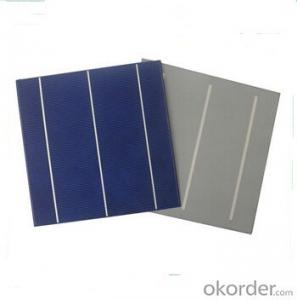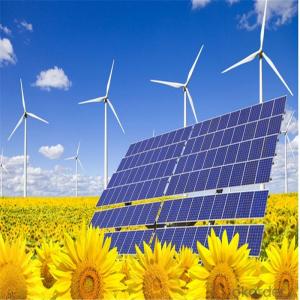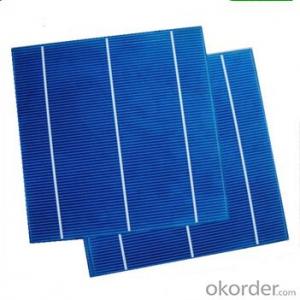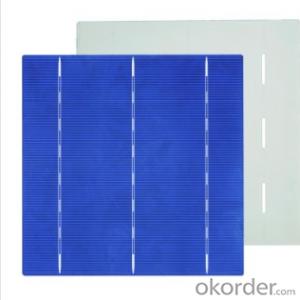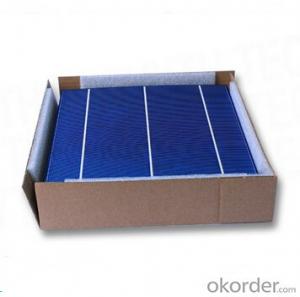Azur Solar Cells
Azur Solar Cells Related Searches
Except For Solar Cells Weegy Problems With Solar Cells High Power Solar Cells Light Trapping In Solar Cells High Performance Solar Cells High Output Solar Cells High Wattage Solar Cells Energy Transfer In Solar Cells High Efficiency Hvac Systems Recombination In Solar CellsHot Searches
Cheap Solar Cells For Sale Flexible Solar Cells For Sale Q Cells Solar Panels For Sale Printed Solar Cells For Sale Bulk Solar Cells For Sale 6x6 Solar Cells For Sale Broken Solar Cells For Sale Cpv Solar Cells For Sale Photoelectric Cells For Sale Price Of Silicon Solar Cells Price Of Solar Cells Over Time Buy Solar Cells From China Cheap Solar Cells China Best Type Of Solar Cells Flexible Solar Cells Price Q Cells Solar Panels Price 3 Types Of Solar Cells Production Of Solar Cells Common Types Of Solar Cells Q Cells Solar Panel PricesAzur Solar Cells Supplier & Manufacturer from China
Okorder.com is a professional Azur Solar Cells supplier & manufacturer, offers integrated one-stop services including real-time quoting and online cargo tracking. We are funded by CNBM Group, a Fortune 500 enterprise and the largest Azur Solar Cells firm in China.Hot Products
FAQ
- Yes, solar cells can be used in ski resorts for snowmaking. Solar panels can generate electricity from sunlight, which can then be used to power snowmaking equipment. This can provide a sustainable and environmentally friendly solution for snowmaking, reducing the reliance on traditional energy sources.
- Yes, solar cells can be used for powering remote mining operations. They provide a sustainable and renewable source of energy, reducing the reliance on fossil fuels and minimizing the carbon footprint of the mining operations. Solar power can be harnessed in remote areas where access to grid electricity is limited, allowing mining operations to be more self-sufficient and cost-effective in the long run.
- The role of charge controllers in solar cell systems is to regulate and manage the flow of electricity between the solar panels and the batteries. They prevent overcharging and deep discharge of the batteries, ensuring their longevity and maximizing their efficiency. Additionally, charge controllers protect the solar panels from damage caused by excessive voltage or current.
- Solar cells have the potential to significantly impact energy poverty by providing clean and sustainable electricity to communities that lack access to reliable energy sources. As solar cells generate electricity from sunlight, they offer an affordable and renewable solution for off-grid areas, reducing dependency on expensive and polluting fossil fuels. By enabling access to electricity, solar cells can improve education, healthcare, and economic opportunities, ultimately helping to alleviate energy poverty.
- How does the solar cell work properly?
- The material which is used to absorb the energy from sunshine should be silicon.
- Yes, solar cells can be used in remote sensing applications. Solar cells can generate electricity from sunlight, which can be used to power sensors, data loggers, and communication devices in remote sensing systems. This allows for continuous and self-sustained operation of these systems in remote and inaccessible areas where traditional power sources are unavailable.
- How does solar cell technology apply to our daily life?
- Nowadays, people use solar cells to generate electricity which is used in a lot of houses.
- Solar cells are designed to be durable and able to withstand snow or ice accumulation. However, when covered by snow or ice, their energy production is significantly reduced. Some solar panels are designed with a tilted angle and smooth surface, allowing snow to slide off easily. Additionally, the dark color of solar cells helps them absorb sunlight and melt the snow or ice faster. In extreme cases, manual removal of snow or ice may be necessary to restore optimal energy generation.
















